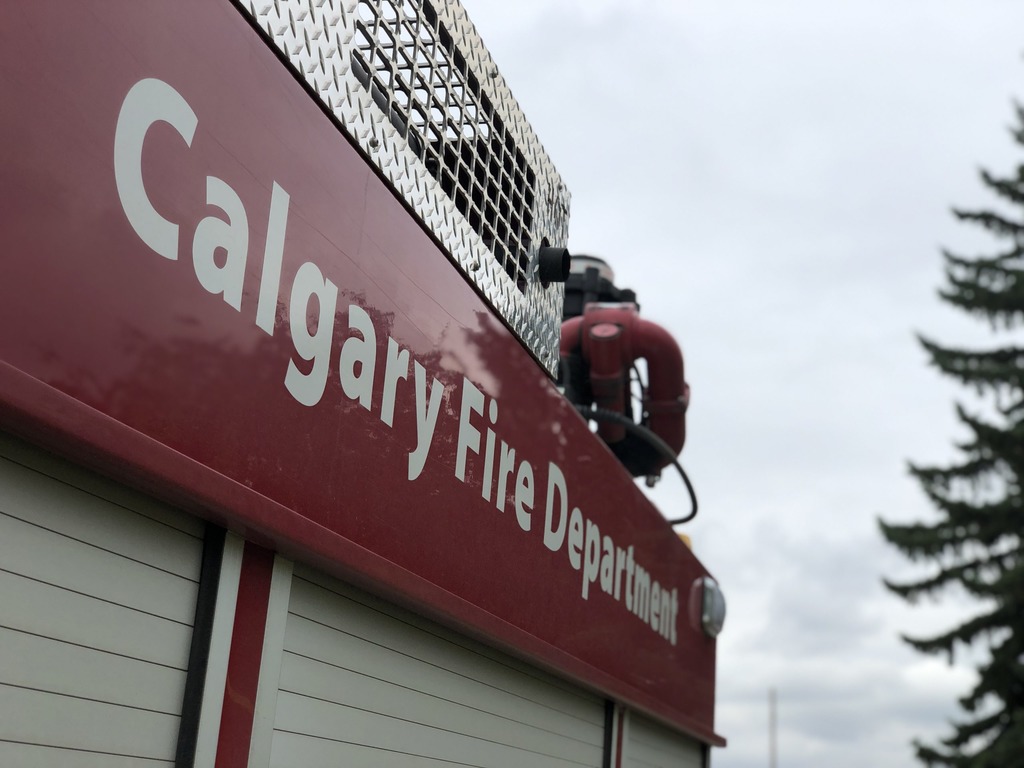Discovery of children’s remains at former Kamloops residential school an ‘unthinkable loss’
Posted May 28, 2021 6:22 am.
Last Updated May 28, 2021 8:16 pm.
KAMLOOPS (NEWS 1130) – The Union of BC Indian Chiefs is mourning with members of the Tk’emlúps te Secwépemc and all First Nations after the disturbing discovery of the remains of 215 children on a former residential school site in Kamloops.
“As Secwépemc we are grieving our relatives, and all of the stsmemelt, whose lives were lost to the Kamloops Indian Residential School,” said Kukpi7 Judy Wilson, UBCIC secretary-treasurer and Kukpi7 of the Neskonlith Indian Band.
“Though we knew that many children never returned home, and their families were left without answers, this confirmation brings a particular heaviness to our hearts and our spirits all throughout Secwépemculecw,” added Wilson.
The remains were confirmed last weekend with the help of a ground-penetrating radar specialist, according to Chief Rosanne Casimir of the Tk’emlups te Secwépemc First Nation.
She says the discovery is an “unthinkable loss” that was never documented at the Kamloops residential school.
UBCIC President Grand Chief Stewart Phillip echoed the grief being shared by the First Nation community and residential school survivors. In a statement, he says “there are no words to express the deep mourning” he and others “feel as First Nations people, and as survivors.”
“These were children – all belonging to a family and community, and a Nation – who were forcibly stolen from their homes under the authority of the Canadian government, and never returned,” he added, urging the country to recognize what took place in history.
“This is the reality of the genocide that was, and is, inflicted upon us as Indigenous peoples by the colonial state. Today we honour the lives of those children, and hold prayers that they, and their families, may finally be at peace,” Stewart said.
Meanwhile, National Chief Perry Bellegarde with the Assembly of First Nations says the discovery was “painful to hear” about.
“While it is not new to find graves at former Residential Schools in (Canada), it’s always crushing to have that chapter’s wounds exposed,” Bellegarde added.
It’s believed the deaths of the 215 children are undocumented. However, Casimir says work is underway to determine if any records can be found.
She notes some of the children were as young as three years old at Kamloops Industrial School, later known as the Kamloops Indian Residential School, which was once the largest in Canada’s residential school system.
The chief says work to identify the site was led by the First Nation’s language and cultural department alongside ceremonial knowledge keepers, who made sure the work was done was in line with cultural protocols. Access to the latest technology allows for a true accounting of the missing children and will hopefully bring some peace and closure to those lives lost, she says in the release on Thursday.
Casimir of the Tk’emlups te Secwépemc First Nation says band officials are informing community members and surrounding communities that had children who attended the school about the discovery.
The Tk’emlups te Secwépemc has engaged with the coroner and is taking measures to ensure the locations where the remains were found are protected.
The office of the chief says Heritage Park, which sits where the former residential school was located, will be closed to the public for the duration of the work.
Premier ‘horrified and heartbroken’
In a statement, Premier John Horgan says he’s “horrified and heartbroken” after learning about the discovery.
“I honour Tk’emlúps te Secwépemc as they grapple with this burden from a dark chapter of Canadian history and uphold their commitment to complete this investigation over the coming weeks – bringing to light the full truth of this loss,” he said Friday.
“Each child has been forever taken from a family and a community that loved them. This is a tragedy of unimaginable proportions. And it is a stark example of the violence the Canadian residential school system inflicted upon Indigenous peoples and how the consequences of these atrocities continue to this day,” the premier added.
Peter Milobar, MLA for Kamloops North-Thompson, stresses the importance of supporting Tk’emlúps te Secwépemc members when it comes to identifying some of the children found at the site.
“It’ll undoubtedly open up a lot of traumatic memories for a lot of families, and that’s totally understandable,” he told NEWS 1130, stressing the importance of providing support overall.
“And fully learn from this so it doesn’t get repeated. You just think of how close it is to the city of Kamloops itself — this is not some rural, remote, out-of-sight, out-of-mind location, and you just think of the trauma that it has created for generations,” he added.
Milobar says the discovery of the remains is truly heartbreaking.
“It’s just shocking to hear on that scale and to think of, that’s 215 children that families never saw again, and then to have the indignity of not even having a proper burial site or a marking at it is just a really sad chapter in our overall history.”
This is truly heartbreaking. A graphic reminder of the deplorable treatment these children and their families endured for decades. We must learn from this tragic history and re double our efforts to engage in meaningful reconciliation, not to forget, but to help healing for all. https://t.co/yVCDyUpkAE
— Peter Milobar (@PeterMilobar) May 27, 2021
The Kamloops Indian Residential School opened under Roman Catholic administration in 1890 and operated until 1969. The federal government took over the operation from the church to operate as a day school until it closed in 1978.
The Truth and Reconciliation Commission issued its final report on residential schools more than five years ago. The nearly 4,000-page account details the harsh mistreatment inflicted on Indigenous children at the institutions, where at least 3,200 children died amid abuse and neglect.
To date, the Truth and Reconciliation Commission of Canada has identified the names or information of more than 4,100 children who died in the residential school system. However, the exact number remains unknown.
The National Indian Residential School Crisis Line is available to provide support for former residential school students and others affected by the system. Emotional and crisis referral services are available through the 24-hour National Crisis Line at 1.866.925.4419.
The Tk’emlups te Secwépemc is expected to completed preliminary findings by mid June.
-With files from Marcella Bernardo










